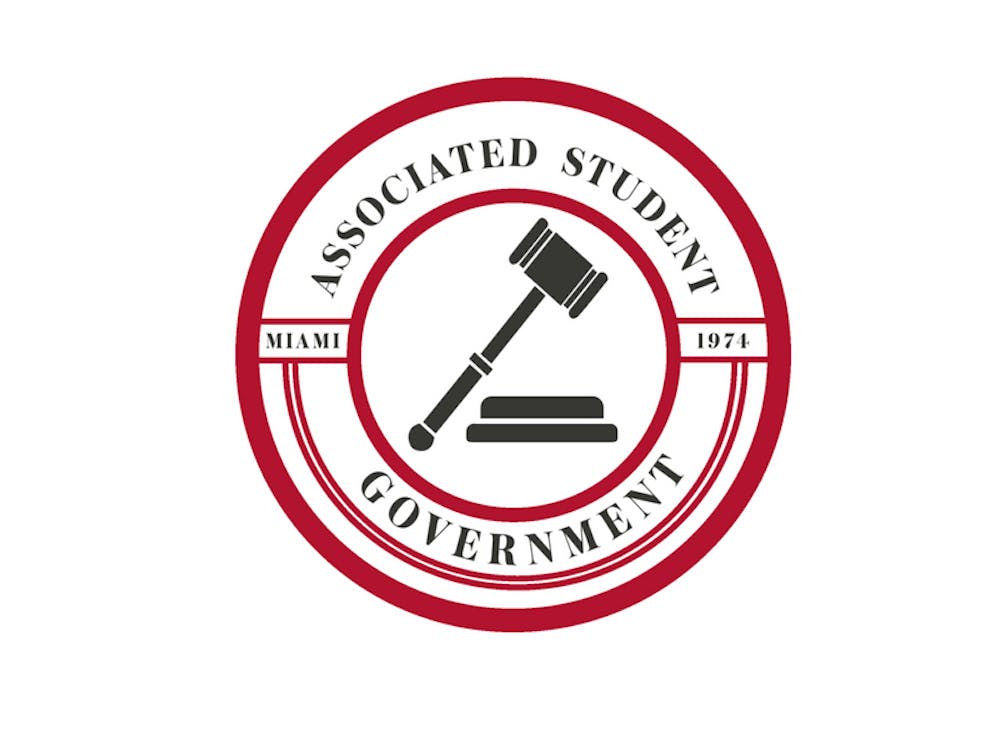By: Blair Hassett
As a student enrolled in Miami’s Master of Environmental Science program, I conducted research over the summer of 2020 regarding the University’s impending commitment to carbon neutrality and the steps a university needs to take to produce a viable carbon offset. The intended product of this practicum is a report that administrators at Miami can utilize when implementing carbon offsets.
Carbon offsetting is often an essential step for public and private entities to achieve carbon neutrality. A carbon offset is the removal of CO2 equivalent greenhouse gas (GHG) emissions (CO2e) from the atmosphere, which is used to counterbalance emissions from other activities, such as communing by way of car or plane. Offsetting provides a mechanism to reduce greenhouse gas emissions in a cost-effective manner and could potentially play a vital role in combating climate change.
With Miami’s impending commitment to carbon neutrality, the purchase or production of carbon offsets seems to be inevitable. Though producing carbon offsets is an arduous process, it is often a necessary one for signatories of the President’s Climate Leadership Commitments (PCLC). The PCLC is a signature program of Second Nature, consisting of three possible commitment avenues: Carbon Commitment, Resilience Commitment, or the Carbon and Resilience commitments combined into a Climate Commitment. Miami University President Gregory Crawford will sign the Climate Commitment on Tuesday, Sept. 22.
By signing a formal climate leadership commitment, an institution of higher education is admitted into the Climate Leadership Network, a system of colleges and universities taking action on climate change and preparing students to solve the challenges associated with climate change through institutional research and education.
After Miami takes the necessary steps to reduce and eliminate GHG emissions from various on-campus emissions, the institution will implement carbon offsets necessary to address air travel and commuting emissions for carbon neutrality. Offsets are typically categorized within one of four classifications: biological sequestration, renewable energy, energy efficiency, and reduction of non-CO2 emissions. Possible offsetting projects include the implementation of clean energy technologies or carbon sequestration through tree planting.
While the implementation of carbon offsets does not guarantee an institution’s sustainability, it is an important step in achieving carbon neutrality. With an unprecedented present and an uncertain future, any actionable commitment to combating climate change is necessary and welcome.
Cover photo courtesy of Pixabay




